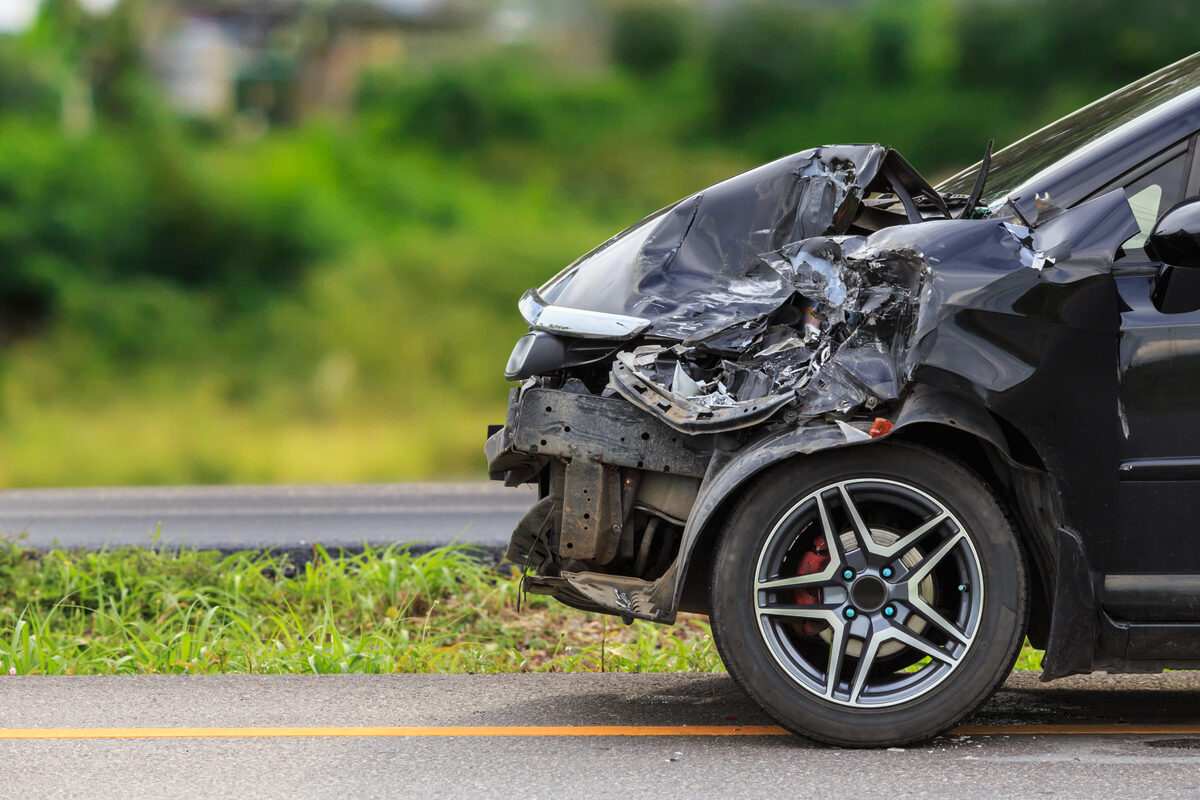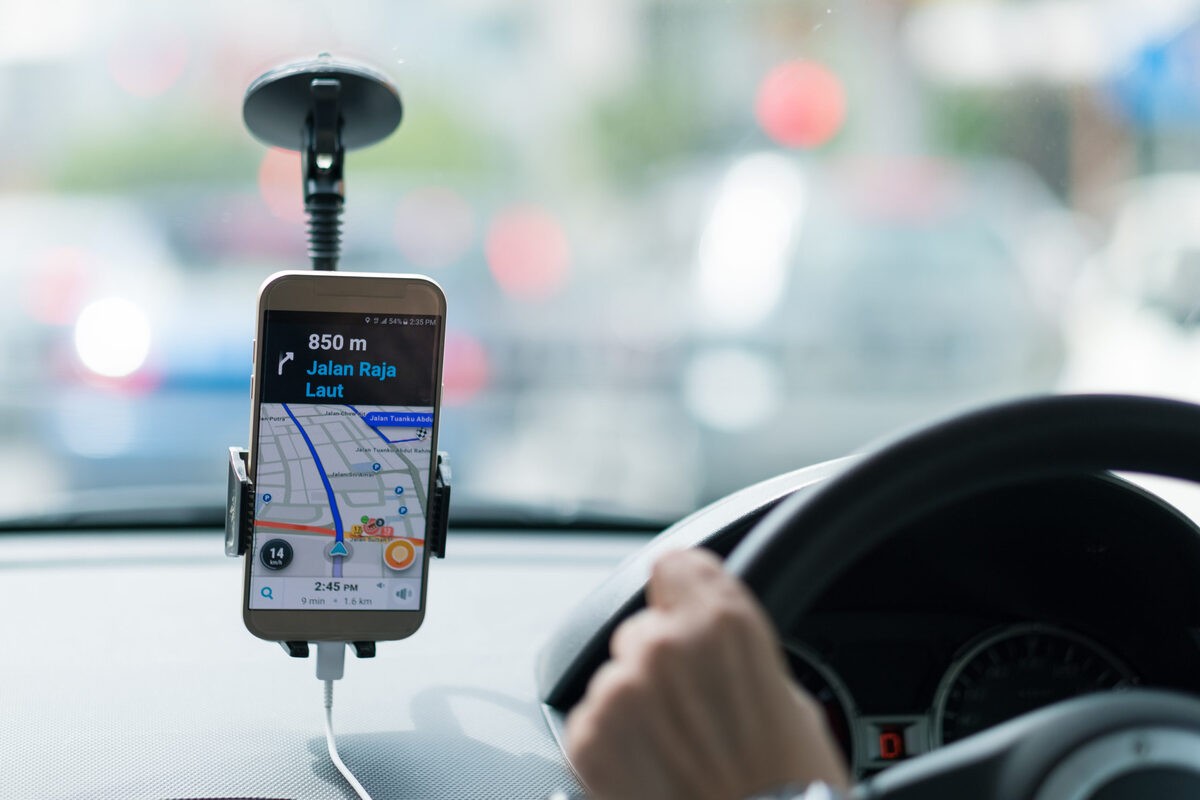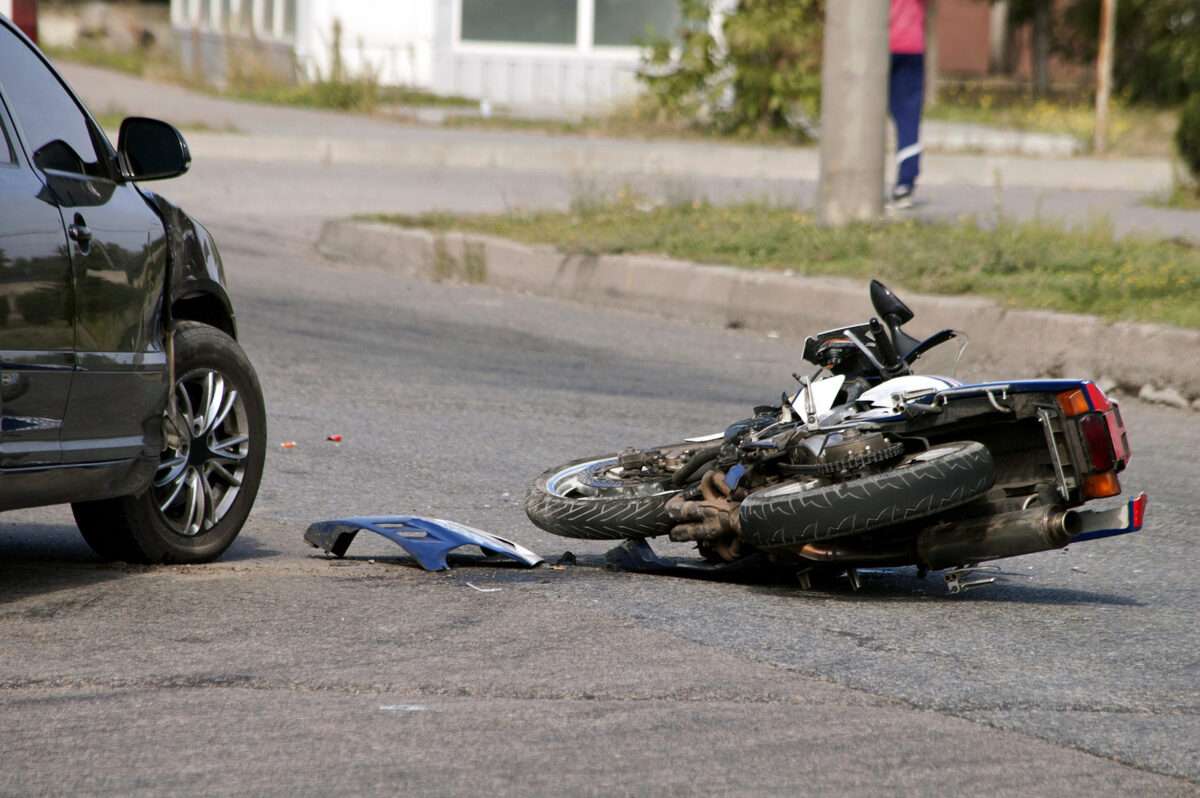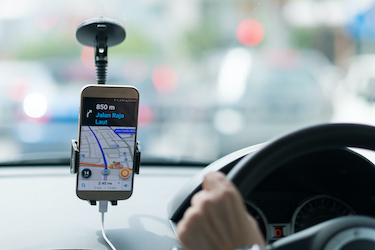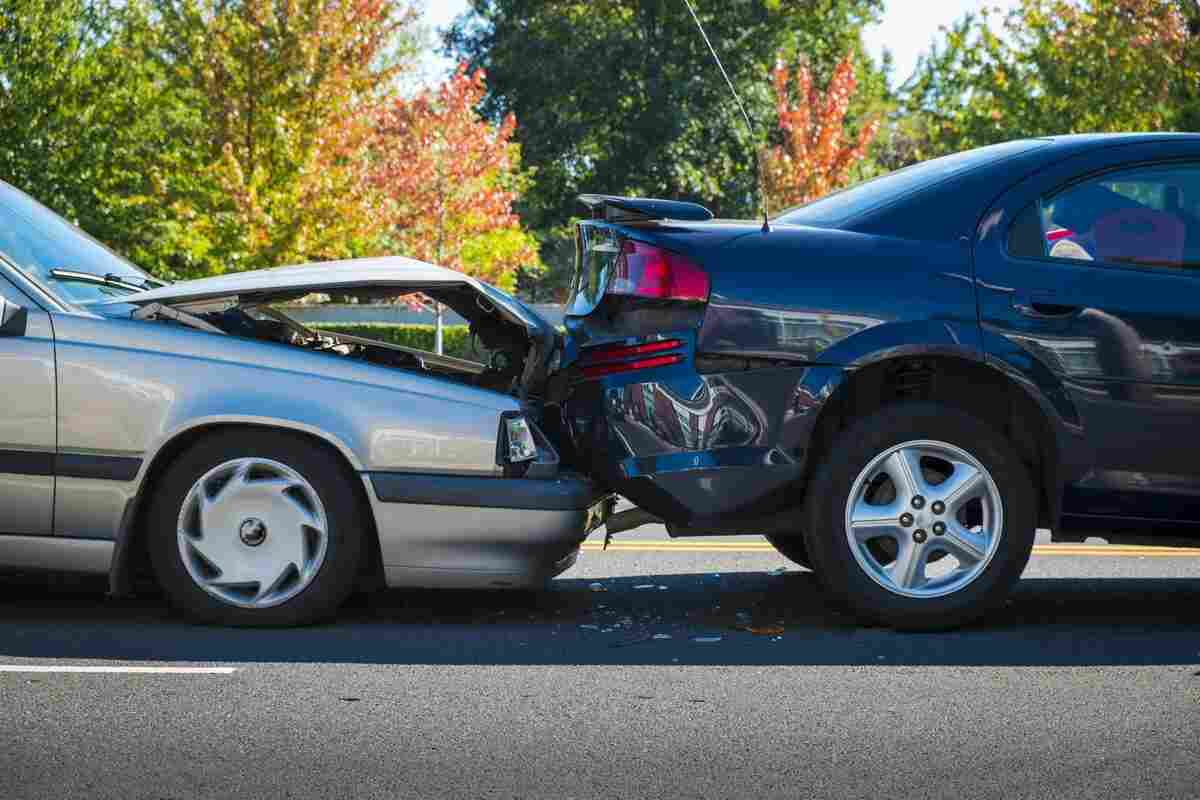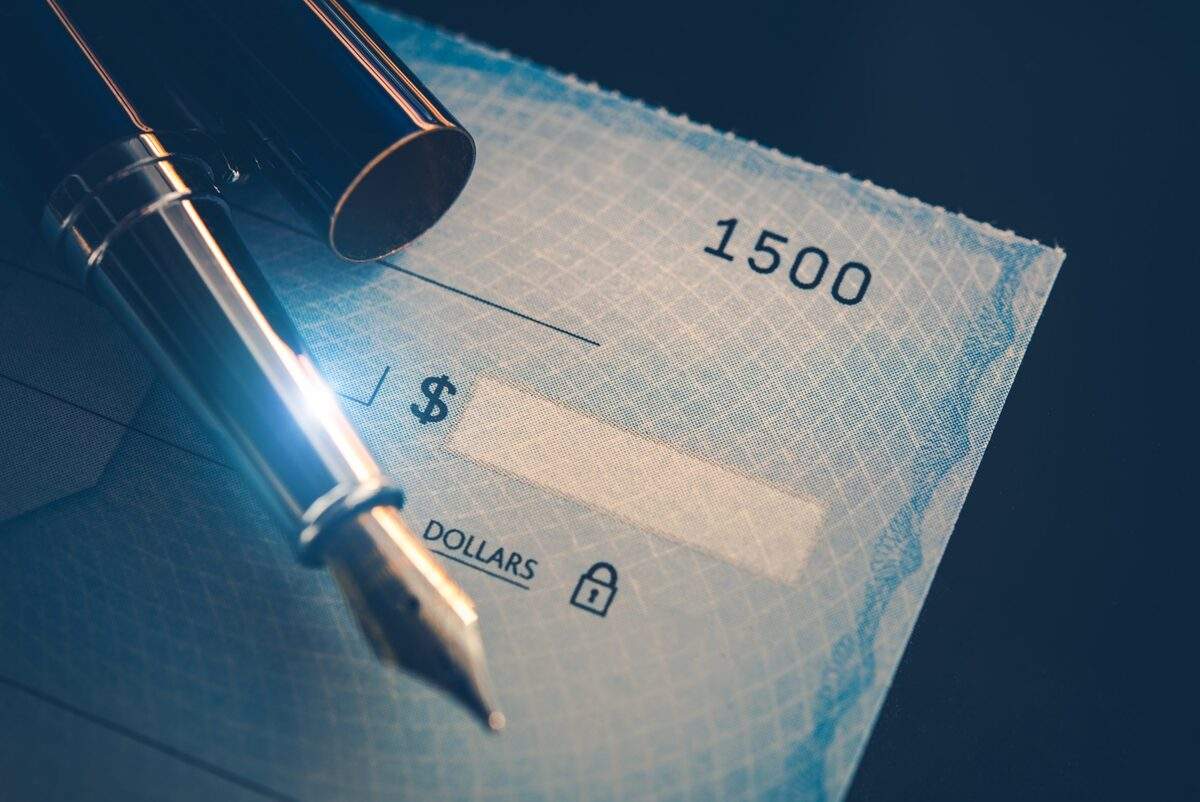 Car Accidents
Car Accidents
Can I Receive Compensation If I’m Partially At-Fault for an Accident in Caifornia?
Oct 28, 2022 | Read Time: 6 minutesIf you suffered injuries in a car accident, you might be wondering who will pay for your damages. Pursuing a claim for compensation can be challenging. You can expect the other driver’s insurance to say you’re at fault for the collision. But what happens if you are both partially responsible? Can you get any money if you’re partially at fault for the accident? Your ability to collect money for your injuries depends on which state the accident occurred in. If you have questions about compensation when you’re partially at fault for a car accident, contact the experienced car accident lawyers at Beliz Law Firm as soon as possible. Can You Still File a Car Accident Claim If You Were Found Partially At Fault? In California, yes, you can still file a car accident claim when you’re partially at fault. Since California is a pure comparative negligence state, you can still recover damages from an accident even if you were partially at fault. This means you can file a claim even if you are primarily at fault for the accident. In California, you can be up to 99% liable and still collect compensation. However, your recovery is limited by your own percentage of fault. For example, if you are 60% responsible, you would only receive 40% of your damages. It’s important to note the other driver can also collect compensation from your insurance company. For example, when you’re 60% at fault, the other driver can pursue 60% of their damages from you. That’s why working with an experienced personal injury lawyer to build a strong case is crucial. You need a legal advocate on your side. Otherwise, the defendant’s insurance company will allege you were primarily or solely at fault and prevent you from getting all of the compensation you are eligible to receive. Determining Fault Initially In A Car Crash In California California is what is known as a “fault” state when it comes to auto accidents and claims. Some states are “no-fault” states, while other states are “fault” states. In a “fault” state, the police will typically assign fault to one (or more) of the drivers in a motor vehicle collision, and an injury victim can be eligible to file a claim against the responsible driver. When the police are called to the scene of an accident and write out a police report that identifies one of the drivers as the driver at fault, the police report becomes an important document in proving fault. When a driver files an auto insurance claim in a fault-based car insurance state, the driver typically has two options for property damages: There are benefits and limitations to each type of claim. When a driver files a 1st-party claim, she or he is responsible for paying the deductible even if she is not at fault. Then, that driver’s own insurance company attempts to recoup the deductible from the liable driver’s insurance company. A 1st-party claim can sometimes be quicker than a 3rd-party claim. When a driver files a 3rd-party claim, she does not have to pay a deductible, but the process can take longer. In addition, if the driver at fault has limits on the policy, the injury victim may be unable to obtain full compensation for her losses. In such a scenario, the injury victim may be able to file a lawsuit to seek damages for additional losses. For bodily injuries, the driver has to go through a 3rd-party claim first before doing a 1st-party claim. How to Prove Fault Based on Evidence After a crash, you probably want to know how to determine fault in a car accident. In addition to a police report, injury victims should gather the following evidence at the scene of a crash: In addition, the injury victim should seek medical attention. Medical records can also be used as evidence to prove that the other driver was at fault. Even if you believe you may have been partially to blame, never admit fault after a car accident. Comparative Fault and California Auto Crash Claims What happens if both drivers—the plaintiff and the defendant—are responsible in some capacity for the car accident? This is known as comparative fault, or contributory negligence. Under California law, a plaintiff’s comparative fault reduces her damages award by the portion of her fault, but it does not prevent her from recovering damages. For example, if a plaintiff (the personal injury victim who filed a claim) is found to be 10 percent at fault, her damages award will be reduced by 10 percent. Even if a plaintiff is found to be 90 percent at fault, she can still recover, but her damages award will be reduced by 90 percent. If the payout in a given case is $100,000, a plaintiff who is 10 percent at fault will have her award reduced by $10,000 and she will receive $90,000. If the plaintiff is 90 percent at fault, her award will be reduced by $90,000 and she will receive $10,000. Some states bar a plaintiff from recovery if they are 50 percent or more at fault, while others bar plaintiffs who are 51 percent or more at fault. There is no bar to recovery like this under California law. If I am Partially At Fault, Can I Sue for an Injury? Yes, you can file a personal injury lawsuit if you’re partially at fault for an accident. There are several scenarios where filing a lawsuit might be a good option in California: While most lawsuits settle before trial, taking your case to a jury may be necessary to decide fault percentages. Your attorney will explain whether filing a lawsuit is best for you based on the facts of your case. How to Strengthen Your Case To be eligible for compensation, you must have adequate proof demonstrating the other driver’s fault. One of the best ways to do this is by hiring a California car accident lawyer early on. When you retain Beliz Law Firm, we will conduct a...
Continue Reading